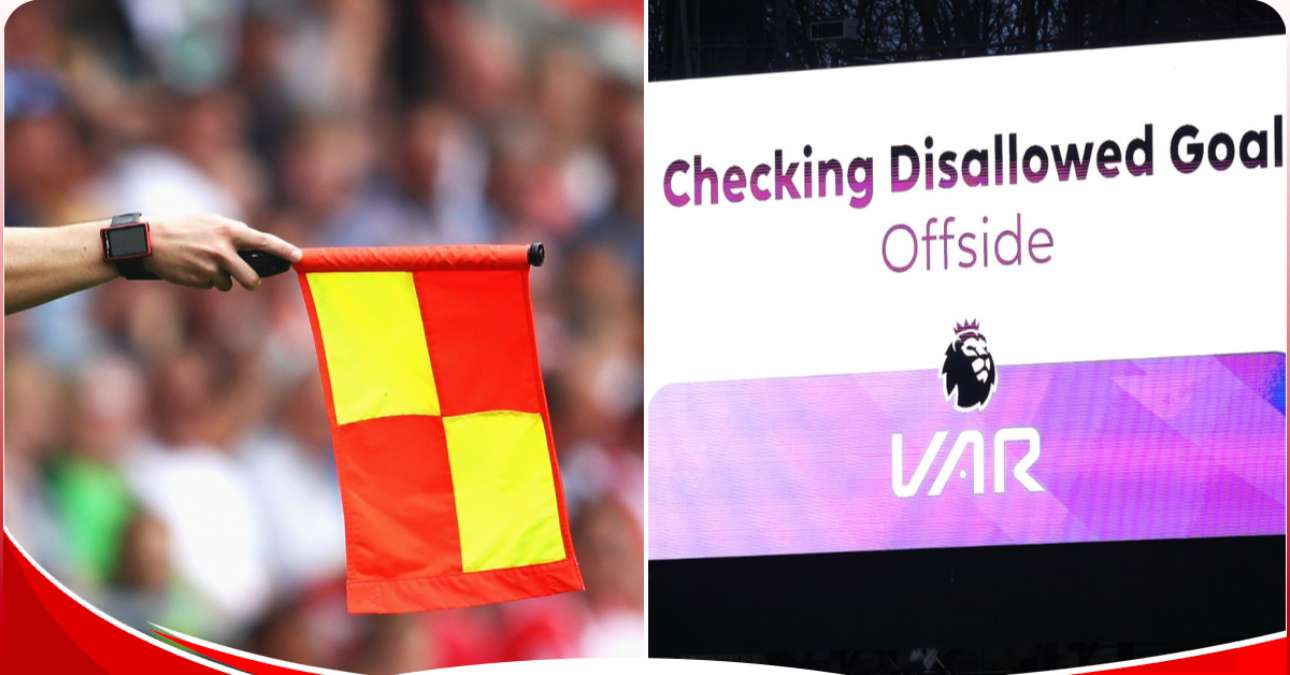English Premier League clubs have unanimously agreed to introduce the use of Semi-automated offside technology starting next season.
During a meeting of the top-flight teams, it was agreed that the implementation of the semi-automated offside technology (SAOT) will cut the average length of a VAR check for offside by 30 seconds.
The English top fight will use the same cameras and software that UEFA uses in the men’s Champions League. That is slightly different from the technology which FIFA has used, where a match ball with a chip inside provides an array of data.
Already the premier league is in talks with different companies about providing the technology that the system will use, however they say that the roll out of the SAOT will be after the autumn international break.
They hopes its introduction will bring an end to situations where play continues after a possible offside, because the assistant referees have been instructed to keep their flags down, before then being brought back some time later after an attack has ended.
Instead, the assistant referees will have a voice in their earpiece informing them of the semi-automated offside decision and can raise their flag immediately.
How does SAOT work?
The system typically requires 12 cameras inside a stadium which track the ball and 29 data points on each player. Not all systems require a chip in the ball.
Decisions could be made in seconds and on average decisions are expected to be made 30 seconds quicker.
3D automated images will be shown on giant screens at stadiums.
The current system used by VAR will be used as backup when semi-automated technology is not working, for instance when multiple bodies are obscuring the cameras.
The existing manual framework for Video Assistant Referees (VAR) has attracted criticism this season, most notably for Luis Diaz’s incorrectly disallowed goal against Tottenham Hotspur in September. Though the Professional Game Match Officials Limited (PGMOL) the organization responsible for refereeing in England admitted that was a “significant human error”, the time taken for offsides in general to be reviewed by VARs has also been criticized.
Amid that criticism, the Premier League has been monitoring the technology amid extensive behind-the-scenes testing and analysis before now deciding to approve its use for next season.
Since the implementation of VAR technology in the Premier League in 2019, offsides have been subject to a review process. That involves the VAR manually calibrating offside lines by using a freeze-frame of when the ball last touched an attacker in order to judge whether a player is offside.
ALSO READ: What you need to know about Pep Guardiola’s Ksh140M watch causing a stir online












